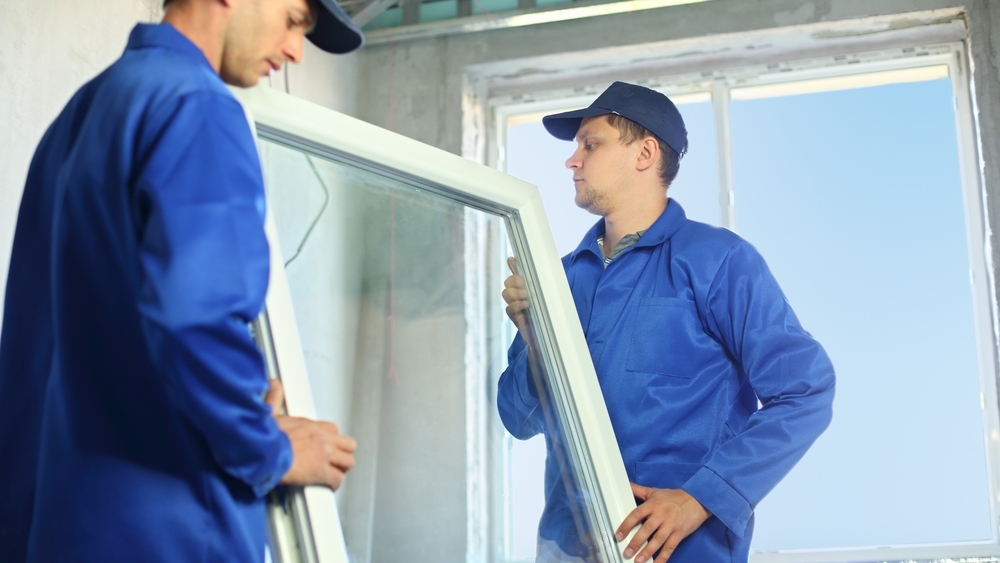If your home has older windows, should you replace them with new, more energy efficient ones? Here’s a quick guide to the pros and cons.
First, do you need new windows? If your home has single-pane glass windows, you might want to consider energy-efficient windows that will provide moderation from summer heat and winter cold. Single-pane windows may also have warped frames, causing energy inefficiency.
If your windows are double-paned but more than 15 years old, and especially if they are low priced “builder grade” windows in a tract home, you might also consider replacements.
With new windows, you should see a 15 percent per year reduction in energy costs. Be sure to purchase windows with the federal Energy Star certification. You might also be eligible for energy rebates from your local utility provider, local government and the federal government.
New windows will also add value to your home, improving resale, although you will probably only recover 80% of your cost in resale. The remaining savings will be from lower monthly energy bills.
Wooden windows. Nothing beats the classic look of wooden window frames. They are energy efficient, but require periodic painting and are subject to water damage. Wooden windows are at the upper end on price.
Vinyl windows. Probably the best “bang for the buck” in replacement windows, vinyl-framed windows are strong and a great temperature insulator. They are affordable and almost maintenance free. The downside: in extreme temperatures vinyl can warp and cause the glass panes to lose their seal. Vinyl cannot be painted, so the color you choose is permanent.
Fiberglass windows. This is probably the strongest contender for all-around best replacement window. It is also virtually maintenance free, an excellent temperature insulator, not vulnerable to temperature extremes and can be painted. It is more expensive than vinyl, priced closer to that of wood.
Aluminum windows. Probably the least appealing choice, aluminum is lightweight and strong and can be painted. But it is a poor insulator. Many older window frames, the kind you may be considering replacing, were some of the earliest versions of aluminum.
Low E glass. Another important energy efficient feature to look for is what is known as “Low E” glass. This means the glass has been treated with a special coating to prevent the sun’s infrared heat from penetrating your home while allowing light in. This is particularly helpful in the hot southern states.


